DON'T MISS OUT
The Sony World Photography Awards exhibition is back with a powerful mix of photography and stories from around the world, featuring top talent and fresh perspectives.
Somerset House London, 17 April - 5 May.
The Sony World Photography Awards exhibition is back with a powerful mix of photography and stories from around the world, featuring top talent and fresh perspectives.
Somerset House London, 17 April - 5 May.
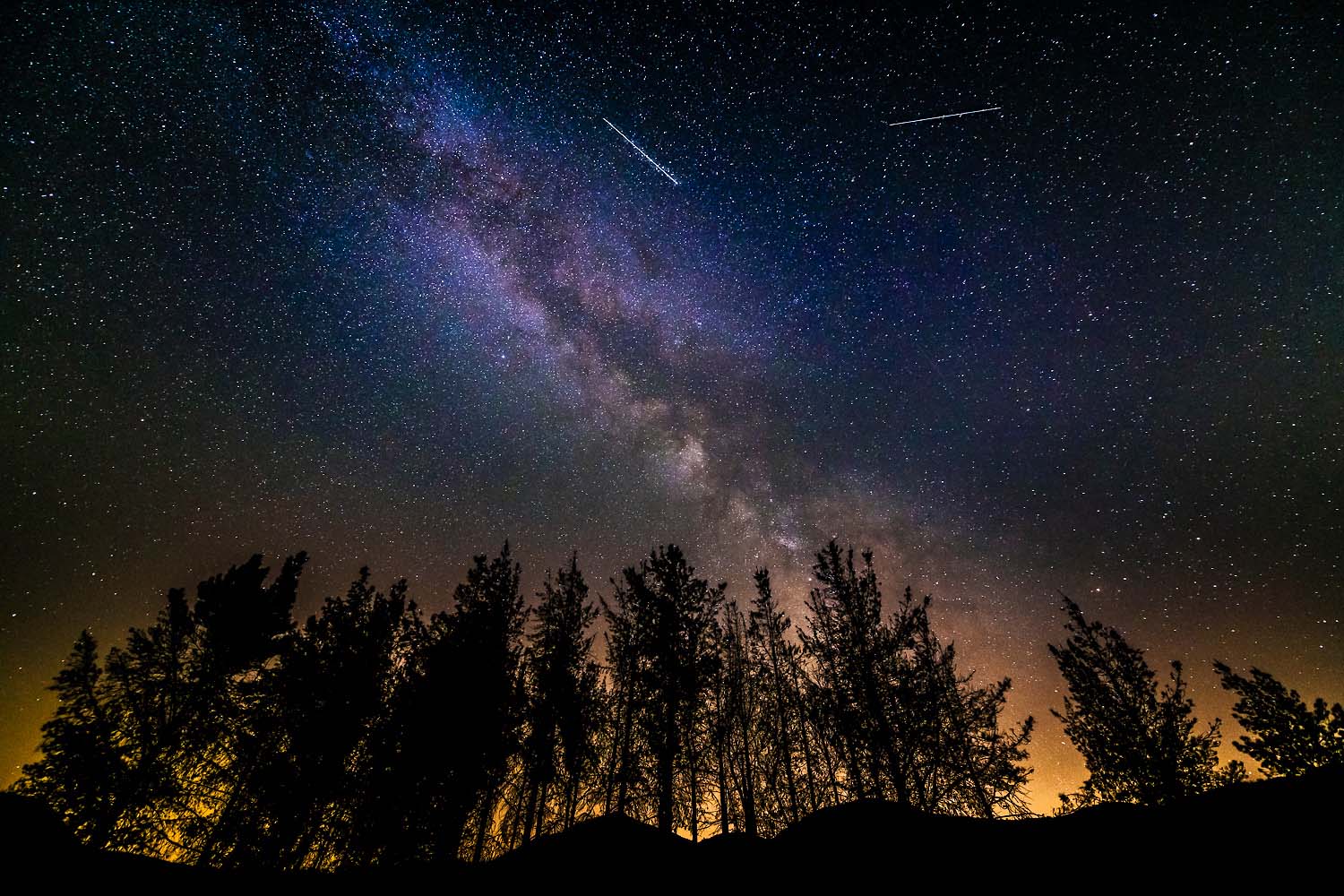
Russ Bishop is a California-based landscape and travel photographer with an affinity for the high and wild places. Early years spent hiking and climbing in the Sierra Nevada Mountains instilled in him a passion for travel, adventure and discovery - and photography became the natural conduit for expressing his vision.
From alpine environments to travel destinations worldwide, his goal is to capture the essence and emotion of a place by drawing the viewer into the frame as an active participant in the journey.
His award-winning imagery can be seen in advertisements, posters, books, and international publications with clients that include National Geographic, Sierra Club, GEO, Sony Music, Sunset, and Random House.
Bishop is a member of PhotoShelter, the leader in portfolio websites, photo sales, marketing, and archiving tools for photographers.
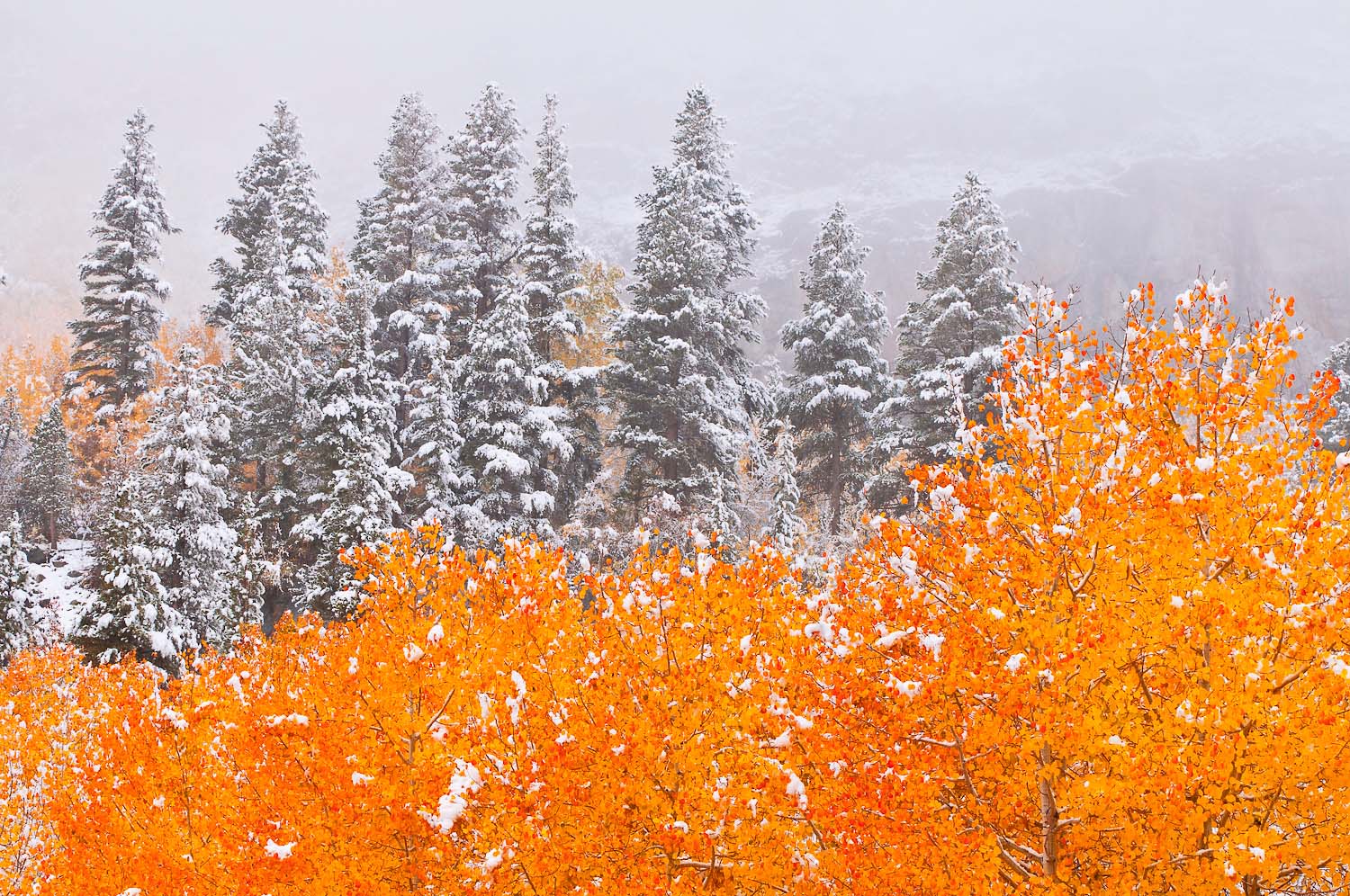
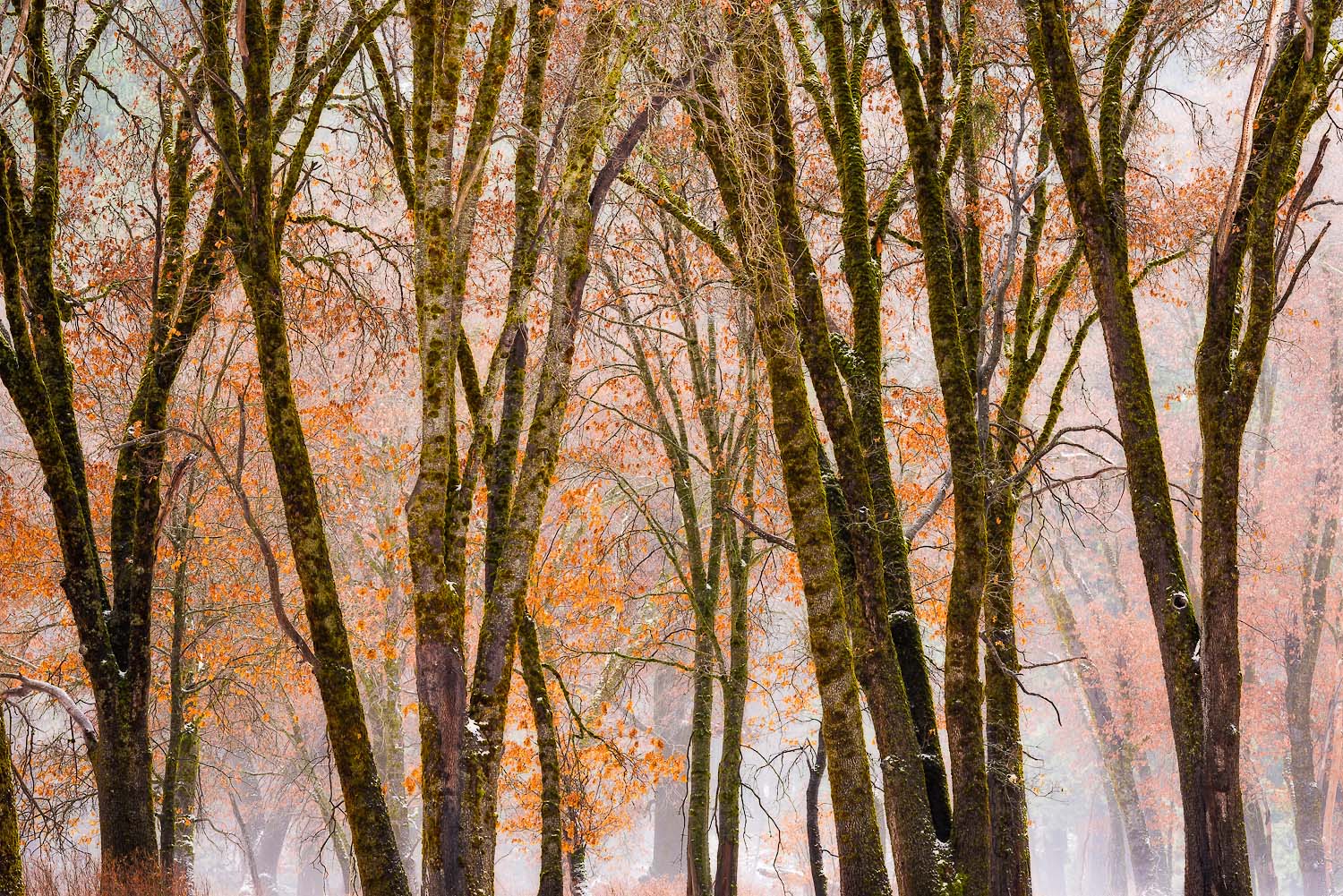
You began your photographic odyssey at age 14 -why so early?
My parents were avid mountaineers and our family made regular hiking and climbing trips to the Sierra Nevada, Tetons and Canadian Rockies. I grew up in that environment on the trail amid the high peaks, and the mountains really became a second home. My first camera was a used Leica that my father bought me when I was fourteen to learn the basics of photography and to document our adventures.
Photography was a natural extension of that upbringing - a way for me to express my love of the natural world, and to share with others a glimpse of these special places that I’d been fortunate to witness. Later, as I began to see the environmental threat to many of the places I loved, that evolved into a desire to document their beauty and show the world that they deserved protection.
My roots are grounded in the natural landscape, but my photography crosses over into many other interests. I’m fascinated by historic and cultural subjects, and travel has definitely broadened my visual horizons. Being involved in outdoor activities such as climbing, skiing, and backpacking makes for dynamic photographs, and is really an extension of who I am as an individual. If you're passionate about a subject and apply that to your photography, it will permeate your work and ultimately evolve into your own personal style.
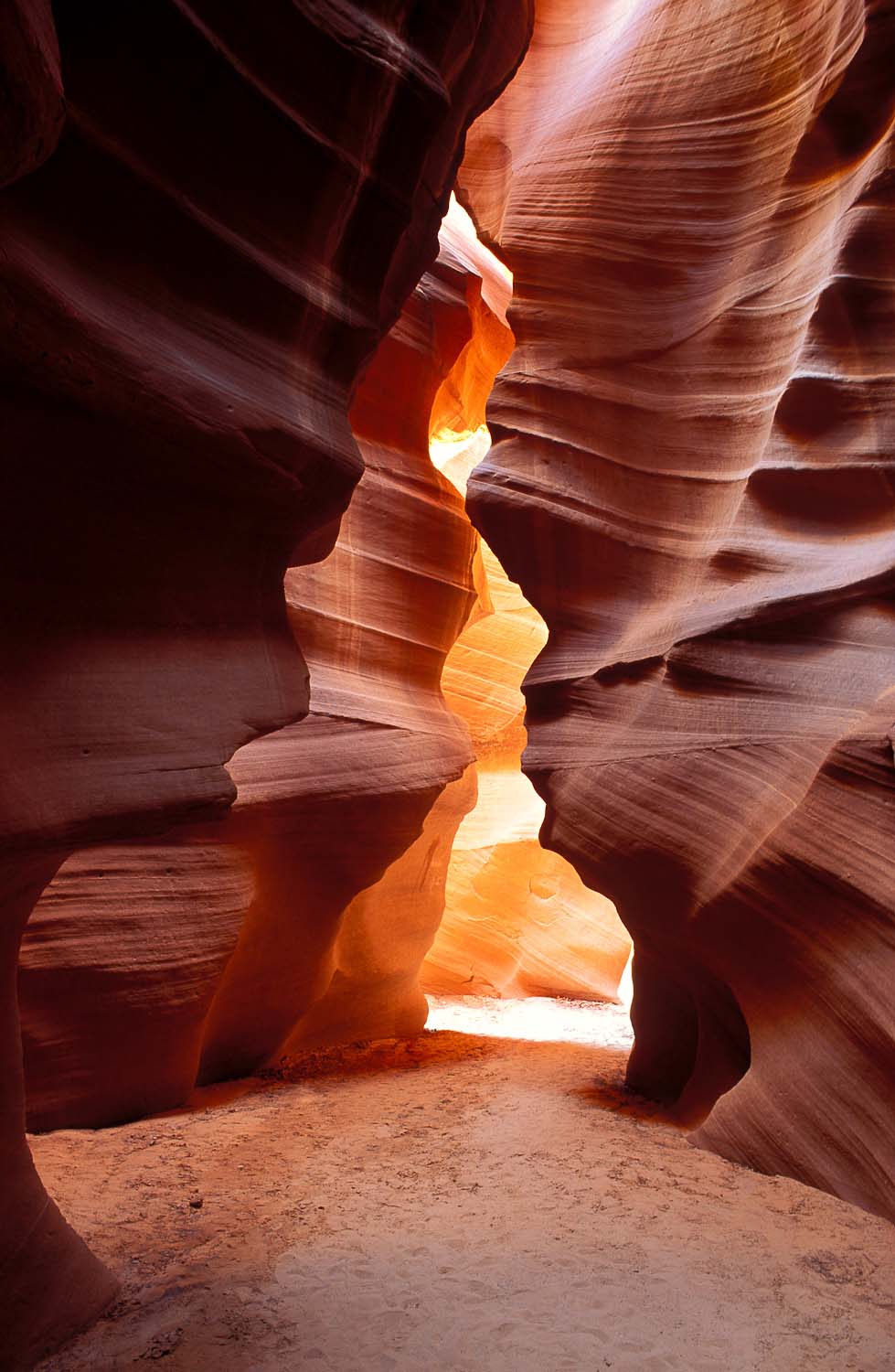
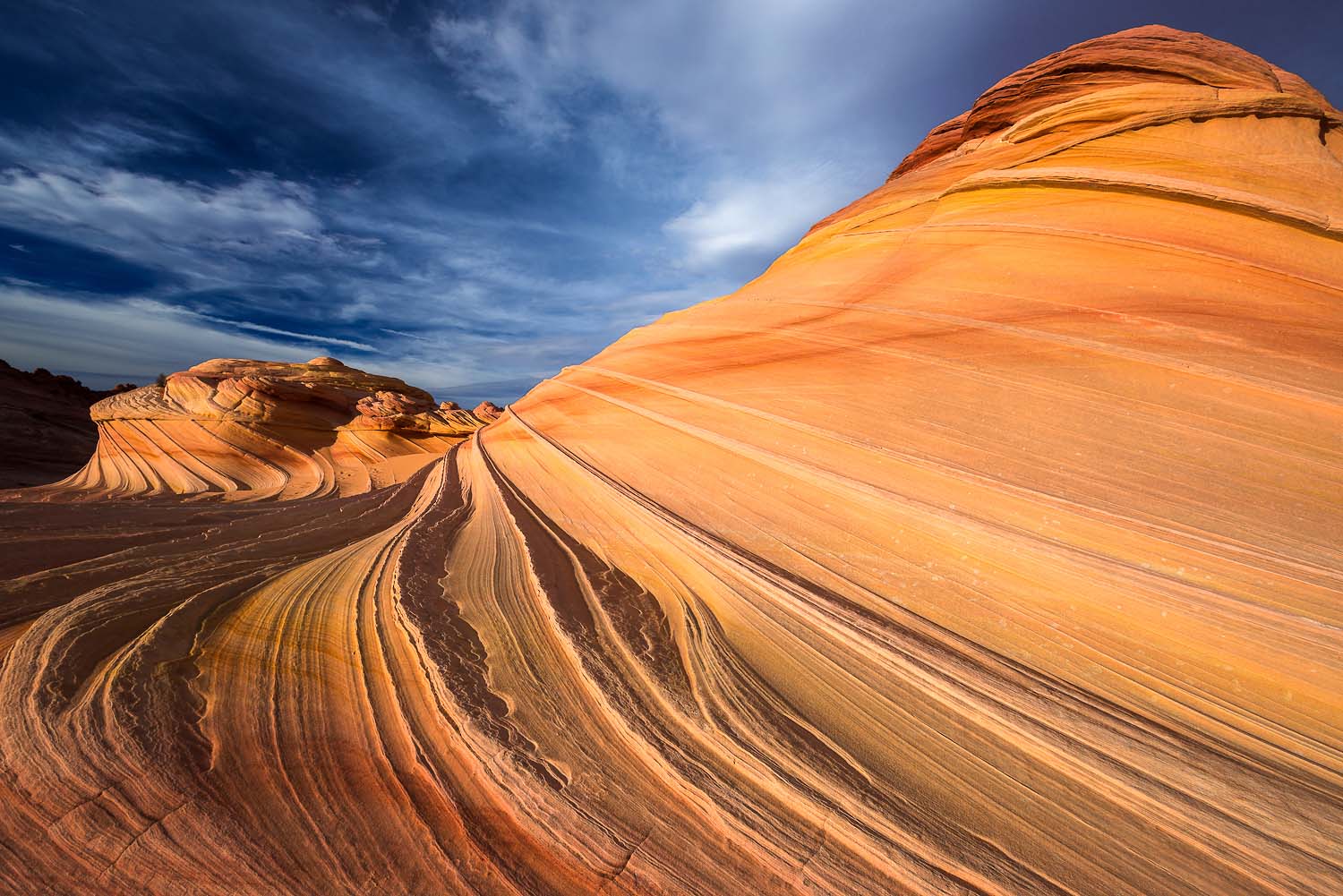
In your opinion, what goes into making great landscape and nature photography?
Studying the masters is a great foundation, followed by practice and patience. Galen Rowell was a big influence in my life (both as a climber and photographer), and I poured over his books and narratives from both familiar and far off places. Adam's command of light and shadow, Porter's use of color, and the strong compositional relationships in Muench's landscapes all left a lasting impression on me.
Patience is an integral part of the landscape photography workflow, along with learning to read the light. Natural light is unpredictable and constantly changing, and I've often found that setting up a strong composition then simply remaining at a scene through the entire event (sunrise, sunset, or passing storm) has provided me with finer images than if I had been moving quickly from one location to the next. Try to scout an area in advance or during the less photogenic midday hours and work out the framing if possible, so that when the quality of light is changing fast, the setup is simple. Let the light come to you rather than chasing it, and be ready to interpret the scene as it evolves.
Pre-visualization is an often-used term that I think every landscape photographer defines differently. For me, it refers to researching an area in advance to understand the topography, referencing sun angles or moon positions if relevant, and making an image in my mind's eye of what I hope to accomplish at the scene. Sometimes this is very specific (as to lens type and shooting angles), and other times it's only a general idea. To really understand a place, I'll study the special qualities of the landscape using Google maps and guidebooks, and reference how other photographers have interpreted the location. Then once I leave the office, I bury that information subliminally so that I can arrive at a scene with a fresh perspective, as if seeing it through a child's eyes. The key is to be confident in your equipment and preparation so that you can let go of the technical side and remain open to all of the artistic possibilities.
Personal style is something that you develop after years of practice and applying your craft, which ultimately results in a unique creative vision. I definitely gravitate towards the strong graphics and bold colors that appear frequently in nature. Leading lines that pull you into the frame, strong compositional elements, and figures on the landscape are all common threads in my photography. My hope is always to create an emotional response with my viewers, and instill a sense of wonder towards this amazing planet we all share.
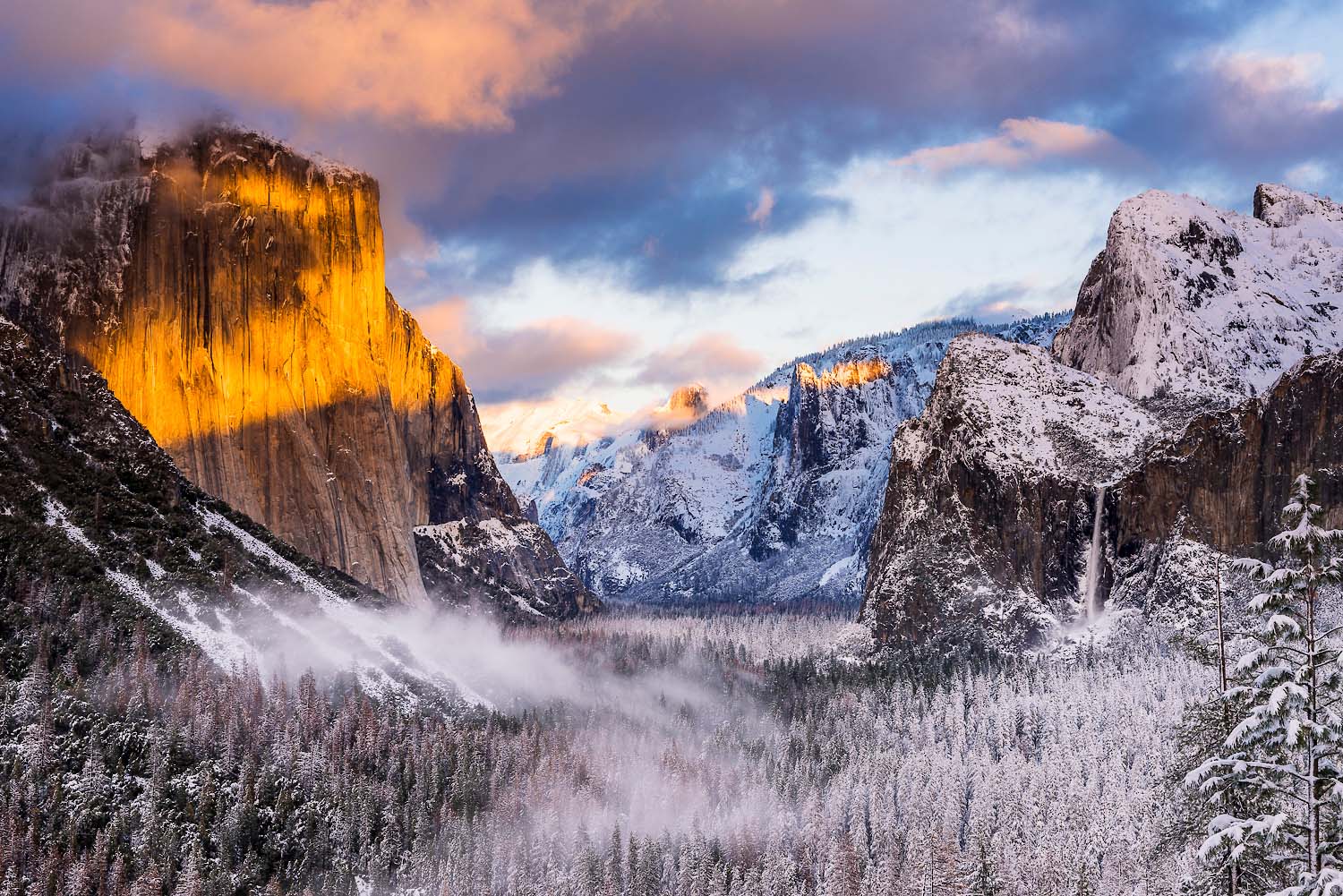
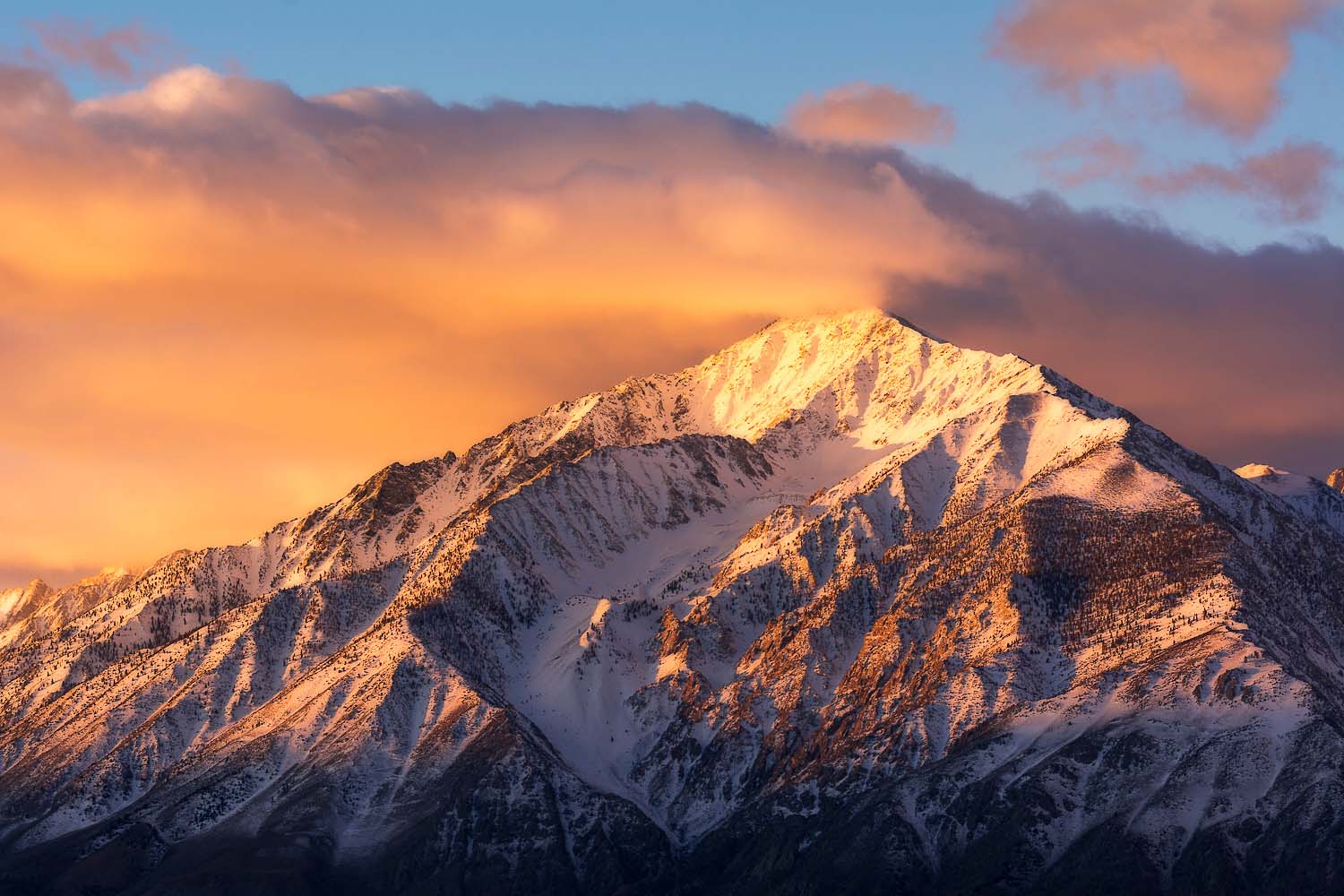
What is next for you?
I plan to continue exploring new destinations and revisiting familiar locations always with an eye for the unique. The Tuscan countryside and culinary delights, South East Asia, and exploring some of the lesser-known corners of California are all in the works.
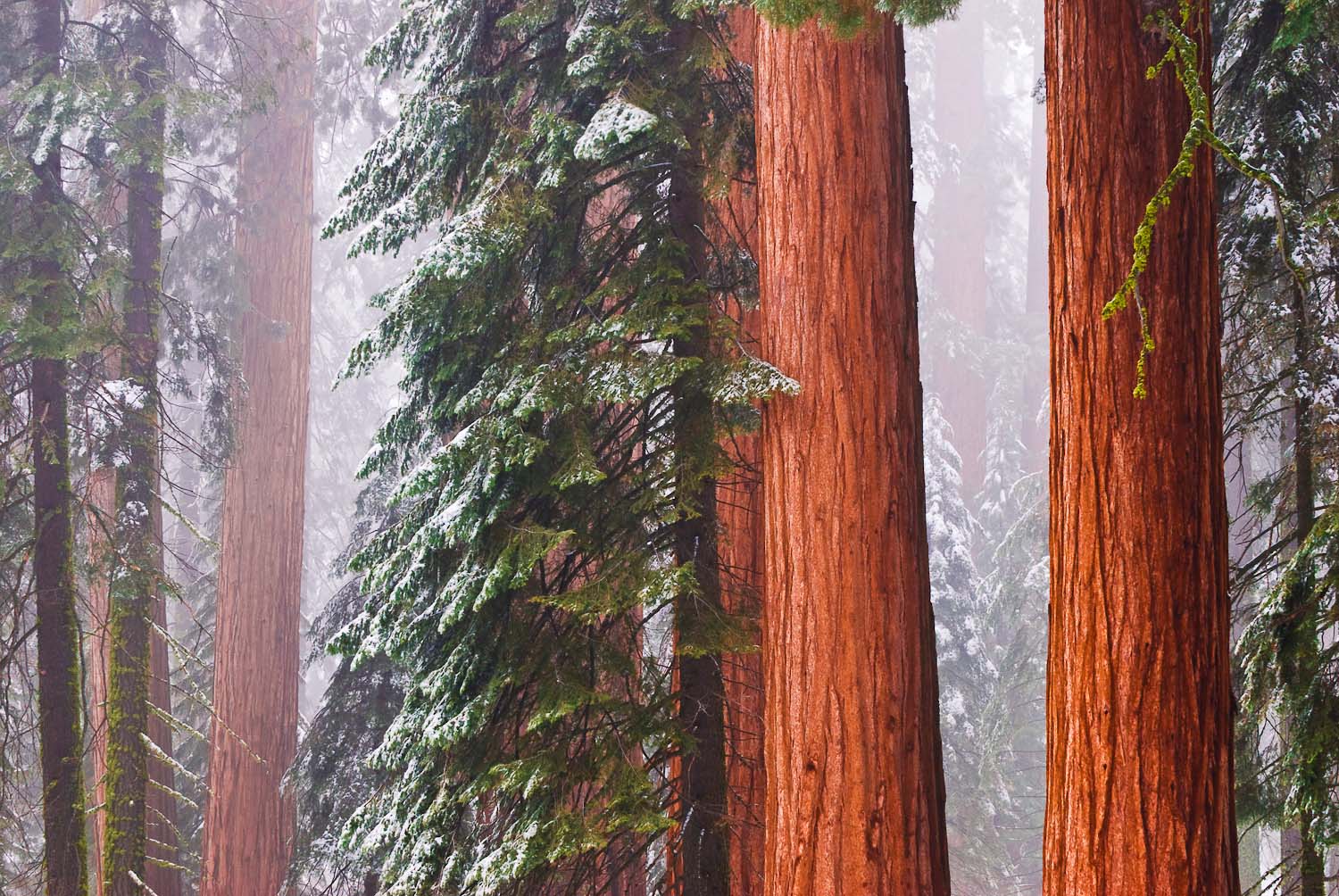
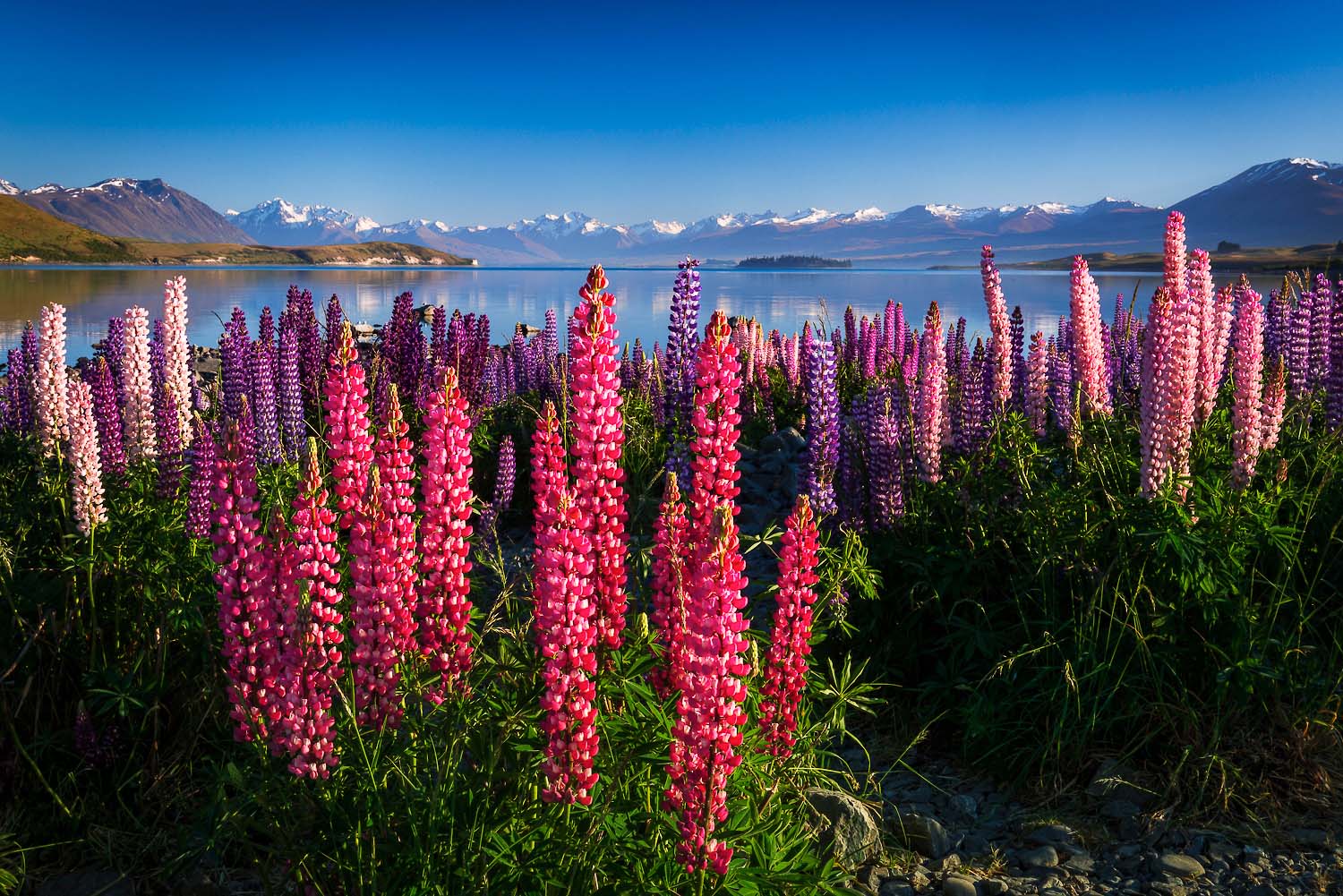
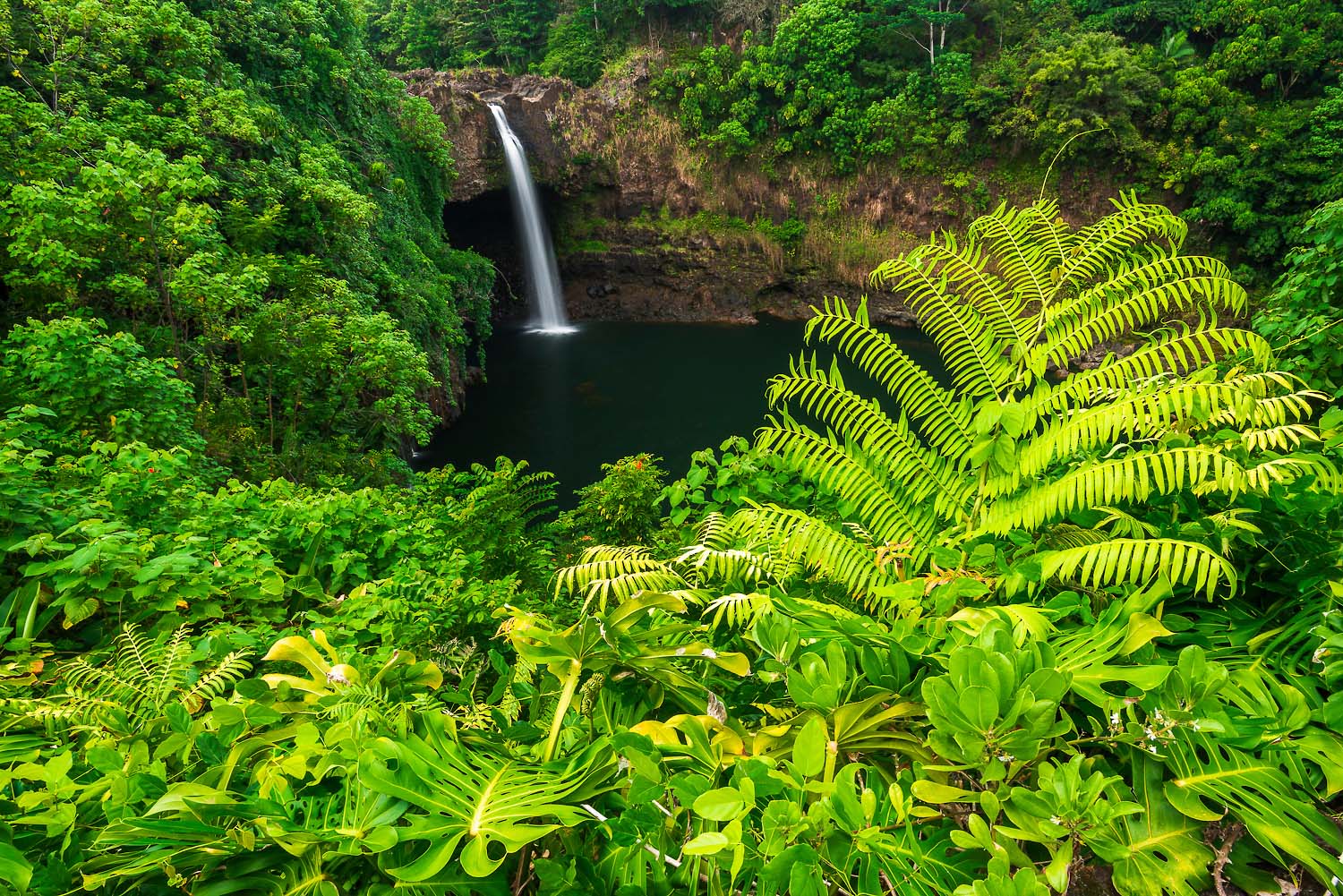
The Sony World Photography Awards exhibition is back with a powerful mix of photography and stories from around the world, featuring top talent and fresh perspectives.
Somerset House London, 17 April - 5 May.